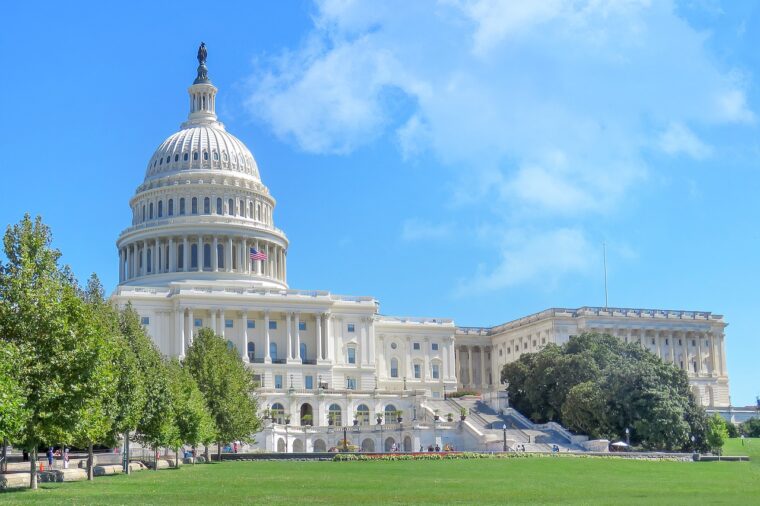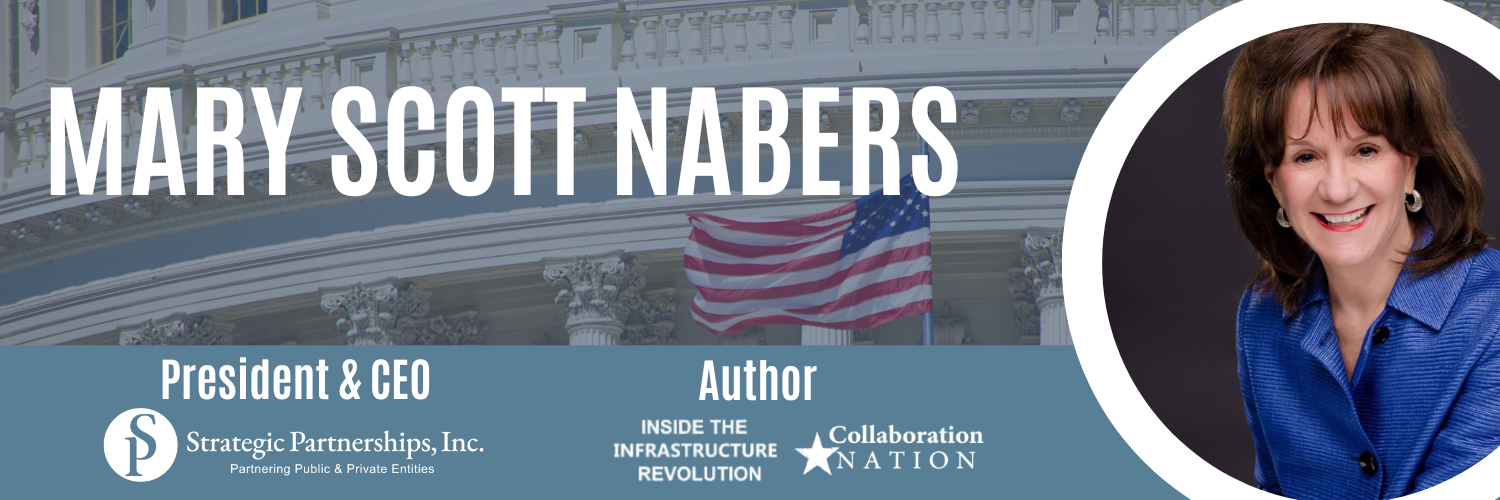
Across the country, state governors are wielding their budget authority as powerful tools for economic development and disaster recovery.
The growing economic influence of states in the federal system is evident as governors across the political spectrum use their budget proposals as comprehensive economic roadmaps that reflect their distinct policy priorities and visions for competitiveness in a global marketplace.
State governors are leveraging their budgets and long-term economic plans to address critical infrastructure needs, respond to natural disasters and position their states for economic growth, while simultaneously looking to provide tax relief to residents feeling the pinch of persistent inflation. As states navigate post-pandemic challenges, these executive-led proposals reflect a balancing act between immediate crisis response and long-term strategic investments.
Georgia aims for infrastructure upgrades and hurricane recovery
Georgia Governor Brian Kemp has proposed an amended fiscal year 2025 and new fiscal year 2026 budget that allocates over $614 million for Hurricane Helene recovery efforts, including $300 million for transportation-related cleanup and repairs, $100 million to support the agricultural and timber industries and $150 million for the Governor’s Emergency Fund to cover the state’s share of FEMA reimbursements.
The Georgia budget also includes nearly $2.2 billion for direct investments in water and transportation infrastructure. Approximately half will fund Department of Transportation projects to improve freight movement, while the remaining $1.1 billion targets community-level economic development projects including $250 million for local road assistance grants, $250 million for water infrastructure grants and loans and $501 million for surface water investments in coastal regions.
Kemp’s proposal continues Georgia’s recent trend of tax reduction, calling for another tax cut acceleration of 20 basis points that would save Georgians an estimated $7.5 billion over the next decade.
California funds jobs programs and wildfire assistance
As part of the state budget, California Governor Gavin Newsom has announced a new economic growth plan headlined by more than $245 million in new investments focused on job creation and wildfire recovery. The “California Jobs First Economic Blueprint” provides a decade-long framework for sustainable economic growth, focusing on strategic industry sectors identified through regional planning efforts across the state.
The blueprint allocates $125 million for “ready-to-go” projects aligned with strategic sectors, $15 million for economic development projects for California Native American tribes and $13 million specifically earmarked to support economic recovery and small businesses in the Los Angeles region following recent wildfires.
The plan emphasizes workforce development with $92 million dedicated to apprenticeship and jobs programs, including $52 million for an Apprenticeship Innovation Fund focusing on high-demand sectors like finance, advanced manufacturing and healthcare. Another $24.1 million targets healthcare workforce development to address urgent behavioral health specialist and nursing shortages.
Additionally, the plan includes $10 million for the LA Region Small Business Relief Fund to help rebuild fire-impacted communities.
New York focuses on education and healthcare
New York Governor Kathy Hochul has spearheaded a $233 billion budget for fiscal year 2025 that emphasizes fiscal discipline alongside significant investments in education, healthcare and public safety. The budget, which represents a 4.5% increase in all-funds spending, maintains the state’s AA+ bond rating while bolstering reserves to over 15 percent of operating costs.
Education receives historic funding with $35.3 billion allocated for school aid, an increase of $825 million (2.4%) from the previous year. The budget includes $10 million to train 20,000 teachers in evidence-based literacy instruction and extends mayoral control over New York City public schools for four years. Higher education also sees major investments with $1.2 billion for SUNY and CUNY capital projects and $207 million for operations.
Healthcare remains the state’s largest single expense, with $35.5 billion designated for Medicaid along with targeted reforms to ensure long-term sustainability. Mental health services receive a significant boost with $4.8 billion allocated across the continuum of care, representing a 45% increase since 2022.
Hochul’s budget also allocates $435 million for resiliency projects to protect communities from severe floods, including $250 million for a voluntary buyout program, positioning New York to better withstand future climate challenges.
Texas prioritizes job creation and tax relief
Texas has developed a five-year economic development strategic plan, “Bigger. Better. Texas,” aimed at cementing the state’s position as a global economic powerhouse. Governor Greg Abbott’s plan establishes a unifying vision for the future economy and identifies 10 target sectors and 23 industry clusters expected to drive significant economic growth and job creation through 2029. The plan comes alongside Abbott’s 2026-2027 budget proposal to the 89th Legislature. At the centerpiece of Abbott’s budget is a $10 billion property tax relief package, which follows an $18 billion tax cut passed in 2023.
Energy infrastructure receives substantial attention with a proposed $5 billion to fully fund the Texas Energy Fund, building on the initial $5 billion investment approved in 2023. The governor specifically called for Texas to “lead a nuclear power renaissance in the United States.”
Abbott emphasized continuing infrastructure investments, including the largest one-time investment in state history for water infrastructure projects at $1 billion, which may be expanded
by the Legislature, and an additional $500 million for school safety enhancements. The budget also proposes creating a “Texas Cyber Command” to strengthen the state’s defenses against cyber threats.
Photo Courtesy pixabay
The post Governors unveil comprehensive economic development strategies appeared first on Government Market News.
